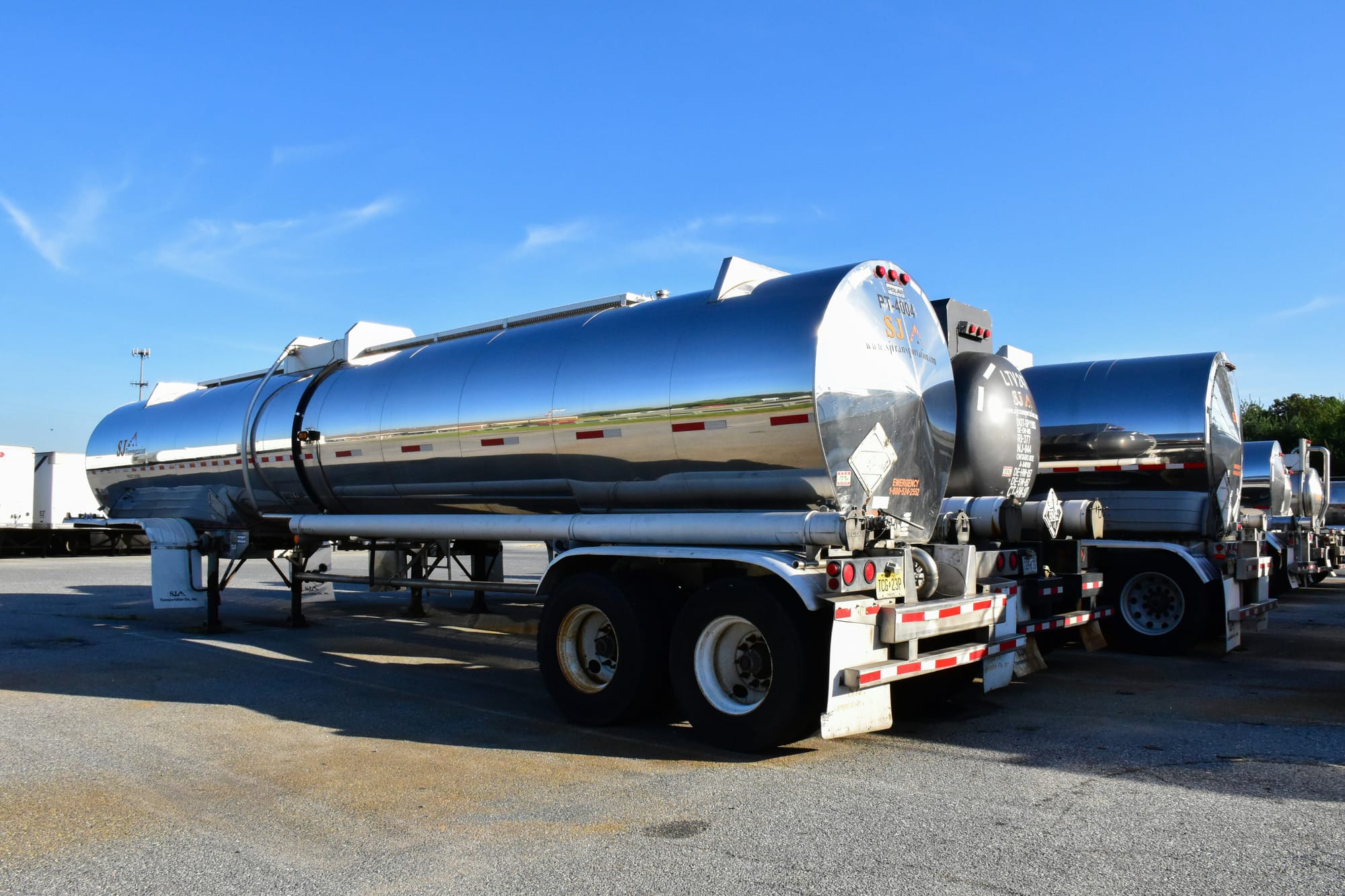These materials are vital to a wide range of industries, from manufacturing to agriculture, and their timely delivery is crucial for maintaining production schedules and supply chain continuity. The demand for tanker drivers continues to grow as economies expand and industrial activity increases, creating jobs and stimulating local economies.

The ease with which a semi-truck rolls over depends on its design, load configuration, and operating conditions. Among semi-trucks, tanker trucks are generally the most prone to rollovers due to their high center of gravity and dynamic load behavior.
Why Tanker Trucks Are More Prone to Rollovers:
- High Center of Gravity: Tanker trucks often carry liquids in a rounded tank mounted higher off the ground, which raises the center of gravity.
- Sloshing Effect: If the tank isn't completely full, the liquid inside can slosh during turns, braking, or acceleration. This shifting weight amplifies instability.
- Uneven Weight Distribution: Partially loaded tanks (known as "surge loads") exacerbate the sloshing effect, making the truck more likely to tip.
- Narrow Axle Track: Many tanker designs have a narrower axle width compared to flatbeds or box trailers, reducing stability during sharp maneuvers.
Other Factors Contributing to Rollover Risk:
- Load Type and Placement: Any truck with improperly secured or unevenly distributed cargo has an increased rollover risk.
- Speed in Turns: Taking curves or corners too quickly increases the lateral forces acting on the truck.
- Road Conditions: Wet, icy, or uneven surfaces can reduce traction and stability.
- Driver Errors: Overcorrection or sharp steering movements can destabilize the truck.
While tanker trucks are particularly prone to rollovers, all semi-trucks are vulnerable under poor conditions or improper operation. Proper training, maintaining safe speeds, and ensuring appropriate load distribution can significantly reduce rollover risks.
Beyond economic development, tanker drivers are integral to national security by ensuring the continuous delivery of resources critical to energy, defense, and emergency response systems. Fuel, for example, powers military operations, emergency vehicles, and critical infrastructure, all of which are essential to national safety and resilience.
Tanker drivers are often on the front lines during natural disasters, delivering fuel and other necessary supplies to affected areas to support recovery efforts. Their work helps ensure that the nation’s energy supply remains stable, even in times of crisis. By enabling the transportation of vital goods under challenging conditions, tanker drivers contribute to the nation’s preparedness, security, and ability to respond to unforeseen events.



